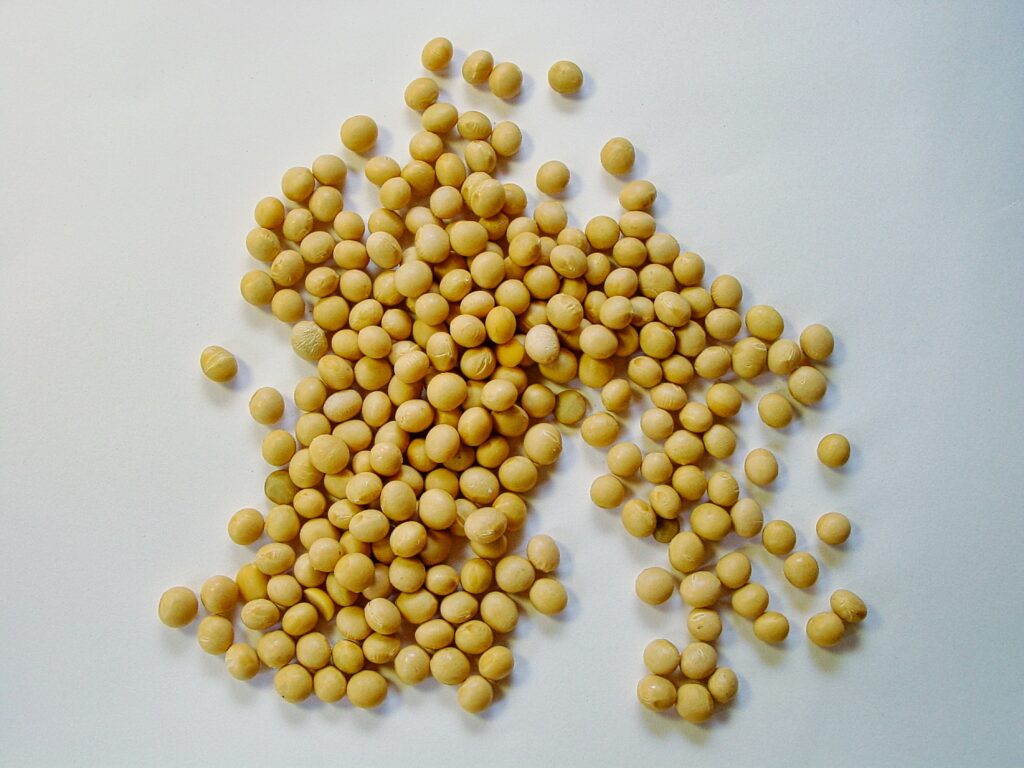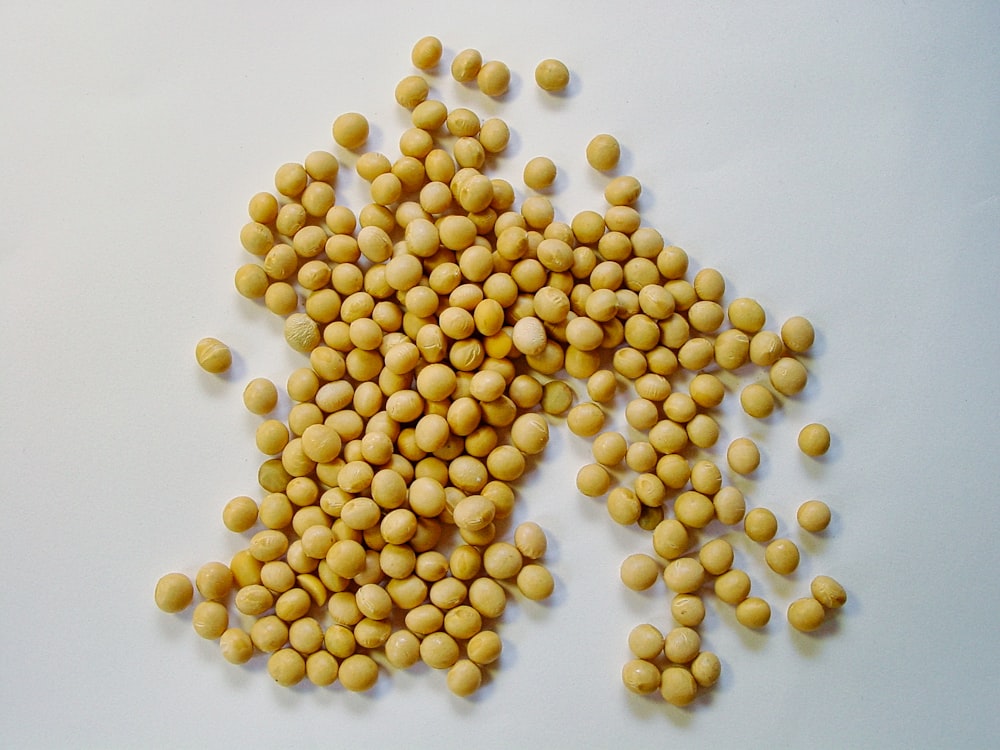Soy is a versatile bean that is a reliable source of non-animal flesh and animal products-based protein, rich in all the nine essential amino acids that must be acquired through diet. Though originally domesticated and appreciated in Asian countries and adored in traditional Asia cuisine, Soy has gained global appreciation and demand.
The American producers have recently maintained the pinnacle in total production in metric tons, with the U.S., Brazil, and Argentina remaining in the limelight. Soy has contributed profoundly to feeding the hungry world and increasingly populated world through innovative soy products.
However, concerns arise on the cost versus benefit of growing and using Soy. Like every good thing we can utilize, incredibly natural, and other resources we can grow, like crops, there is always a cost to be paid. These costs can be environmental as well as health. Careful consideration of costs and benefits means a lot when considering the sustainability and the supply chain of soybean for global consumption.
Here are five critical points about soybean supply chain management and sustainability:
Soy versus Animal Protein
The debate between Soy versus animal-based foods as a reliable and sustainable source of protein greatly influences the global soy supply chain.
Soy has established itself as a reliable source of non-animal-based source of protein and has proved a great help to vegans and all who consider reasonable abstemiousness in flesh intake. The big question is whether Soy is safer for the environment than animal protein.
Soy offers alternatives to animal protein, but Soy contributes significantly to animal protein production. Soy is a powerful ingredient in most animal foods, including chicken, cows, pigs, and fish. When Soy is consumed instead of being filtered through livestock food chains, it is amazingly land-efficient. Essentially, those who consume these animals or rely heavily on their products still consume Soy after it has gone through the food chain. Direct consumption of Soy is a better choice to enhance soy production and supply sustainability.
Soy and Deforestation
Deforestation is another considerable debate surrounding the soybean supply chain and questioning its eventual sustainability. Farming, in general, has reasonable effects on forest cover. Unless agroforestry, it will mainly require clearing of forest cover to create room for agricultural land.
This has been the case with Soy, especially in South America, threatening the Amazon.
The Soy moratorium—an agreement by significant soy purchasing companies not to buy any soy produced on the recently deforested land—has been in place since 2005 in Brazil. The Soya moratorium has met lots of success in discouraging deforestation.
Socio-Economic Concerns
Soy production is highly profitable because of the increasing demand, especially among vegans and livestock keepers. Such profits can be looked at in terms of national aggregates. Still, they get into pockets of individual economic units—the farmers—and, thus, significantly influence their livelihood.
Such socioeconomic benefits, however, cannot be raised higher and higher to veil the concerns around sustainability at the expense of pushing and sustaining the supply chain. Because environmental changes affect society, policies that balance sustainability and supply are generally safer in soybean production.
Public governance of soy supply chains
It is clear to most governments in Latin America that Soy is generating reasonable economic value for their economies. Most governments favor moving to enact laws and policies favoring soy expansion.
For instance, the government of Brazil operates within the framework of the Brazilian Forest Code, which aims to see a reduction in the gross deforestation of Legal Amazon by 2020. Such moves by public governments greatly influence the soybean supply chain and ensure it is produced with utmost sustainability.
Soy and Greenhouse Gas Emission
Global warming from trapping greenhouse gases is a serious concern and a great debate around soy production and supply.
Studies, however, tend to associate the production of animal-based foods with higher greenhouse gas (GHG) emissions than plant-based foods. Consuming soybeans is vastly safer for the environment than animal products-based diets across many variables.
Conclusion
Soy remains an exceptional crop and a great contributor to feeding the hungry and increasingly populated world. As global soy demand increases, sustainability concerns also raises its head in equal measure. A soy-based diet is generally safer for the environment, though areas of deforestation are still being addressed.



